Tartrazine- Food Colouring
2019-03-12
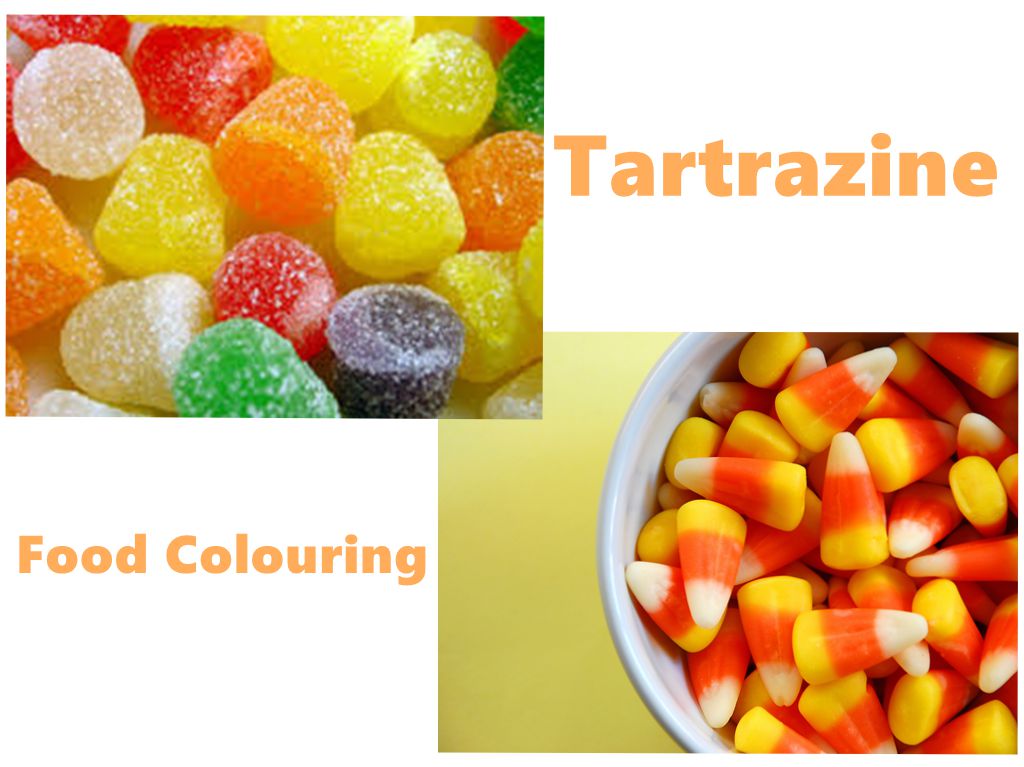
What is Tartrazine?
Tartrazine is one of the most widely used artificial foods, drugs and cosmetic dyes. It is a nitrous derivative and is known to cause allergic reactions such as asthma and urticaria, as well as having been the focus of studies on mutagenesis and carcinogenesis due to its transformation into aromatic amine sulfanilic acid after being metabolized by the gastrointestinal microflora. 45 male Wistar rats were assigned to a control group (A) or a treatment one (B). The treatment group received 7.5 mg x kg(-1) x day(-1) of tartrazine daily in drinking water offered ad libitum for ten months from weaning to the age of twelve months. There was a significant increase in the number of lymphocytes and eosinophils of the gastric antrum mucosa. No carcinogenetic changes in any gastric area were observed during the study. As tartrazine belongs to the azo class, it is still a possible food carcinogen. Other studies with different doses and schedules, observing their effects associated to other carcinogens should be carried out if their safe use is to be recommended.

What foods contain it?
The liqueur Galliano uses it for its bright yellow colour. Mushy peas (a UK ‘delicacy’ that often accompanies fish and chips) are bright green as a result of a mixture of tartrazine and another colouring agent (Brilliant Blue FCF, E133). The drink Mountain Dew also contains it, as do many breakfast cereals, such as Life Quaker Oats, processed cheese, pasta, sweets and candies, jams, jellies, mustard, and even bread. It is also found in cosmetics such as lipsticks, toothpaste, mouthwash, shampoos and detergents, and many other common products. Even some medications, such as vitamin pills, throat lozenges, and indigestion tablets may contain tartrazine to give their coatings distinctive, easily identifiable colours.
Potential health effects on humans
Tartrazine appears to cause the most allergic and intolerance reactions of all the azo dyes, particularly among asthmatics and those with an aspirin intolerance. Symptoms from tartrazine sensitivity can occur by either ingestion or cutaneous exposure to a substance containing tartrazine. Symptoms appear after periods of time ranging from minutes up to 14 hours.
The prevalence of tartrazine intolerance is estimated at roughly 360,000 U.S. Citizens affected, less than 0.12% of the general population. According to the FDA, tartrazine causes hives in fewer than 1 in 10,000 people, or 0.01%.
It is not clear how many individuals are sensitive or intolerant to tartrazine, but the University of Guelph estimates that it is 1 to 10 out of every ten thousand people (0.01% to 0.1% of the population). There is much controversy about whether tartrazine has ill effects on individuals who are not clearly intolerant.
Total avoidance is the most common way to deal with tartrazine sensitivity, but progress has been made in reducing people’s tartrazine sensitivity in a study of people who are simultaneously sensitive to both aspirin and tartrazine.









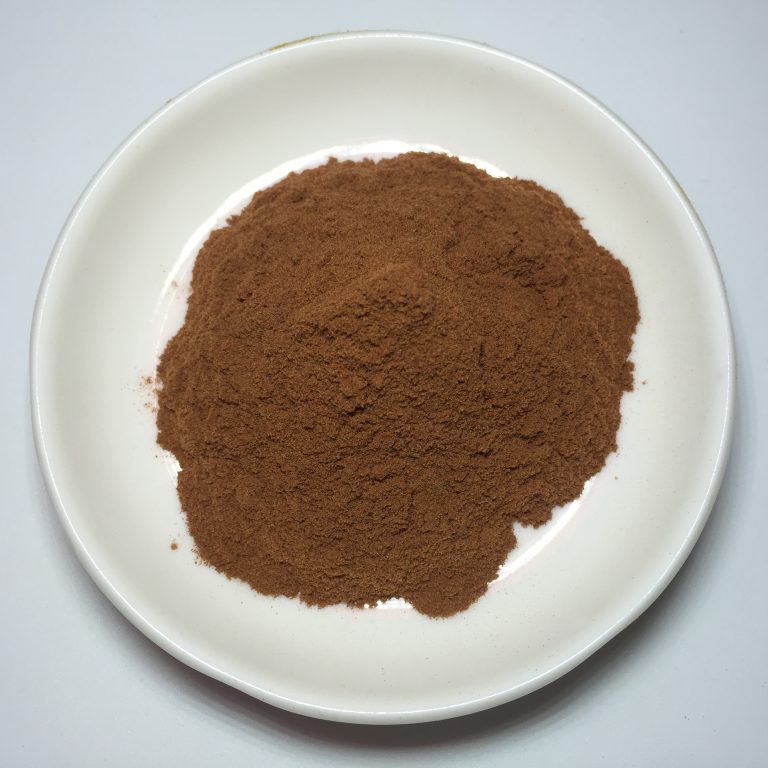 Imaherb China manufacturer supply Apple Extract Powder
Imaherb China manufacturer supply Apple Extract Powder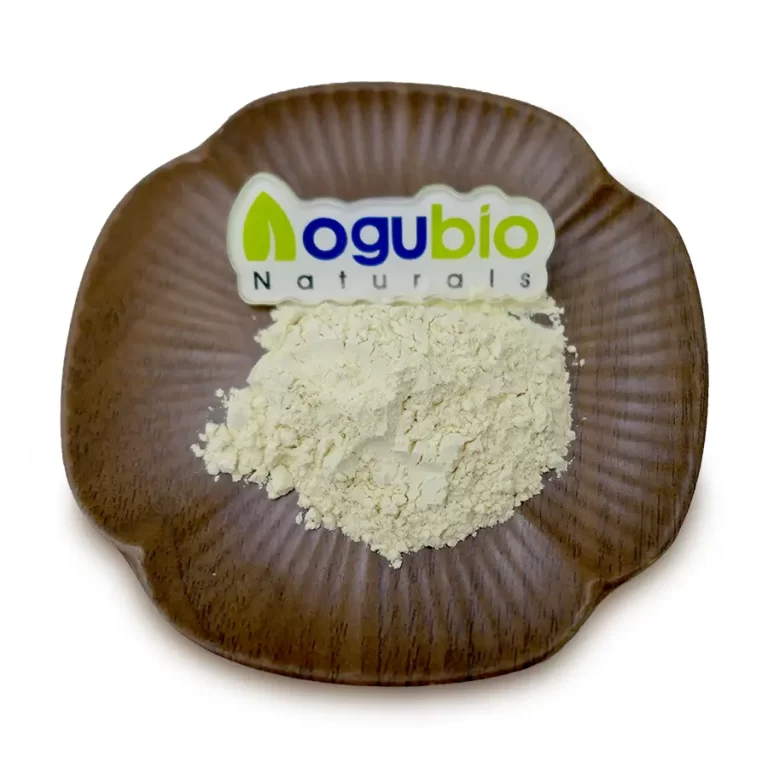 Imaherb China manufacturer supply Apigenin Powder 98%
Imaherb China manufacturer supply Apigenin Powder 98%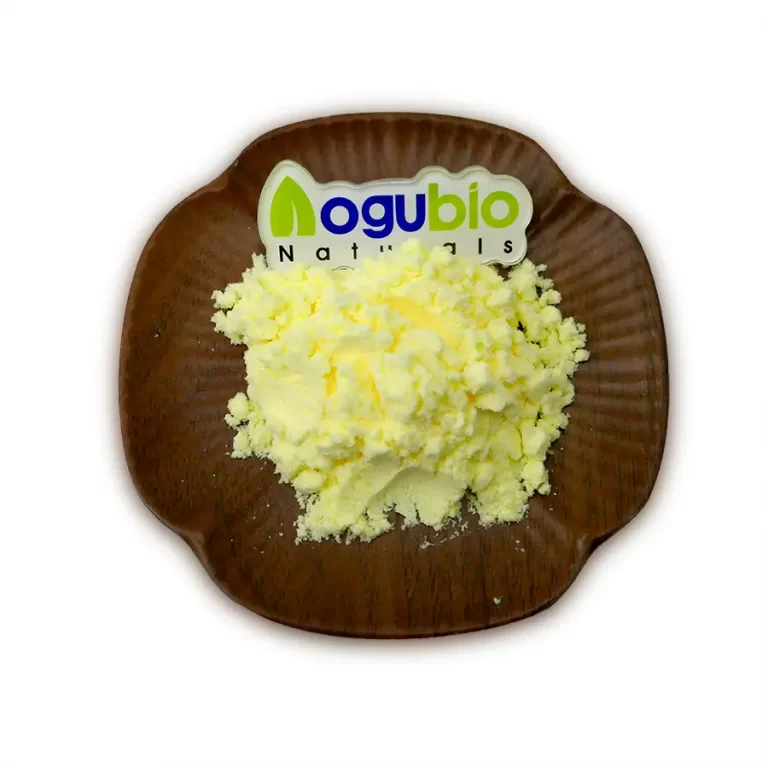 Imaherb Factory supply Alpha Lipoic Acid Powder CAS 1077-28-7
Imaherb Factory supply Alpha Lipoic Acid Powder CAS 1077-28-7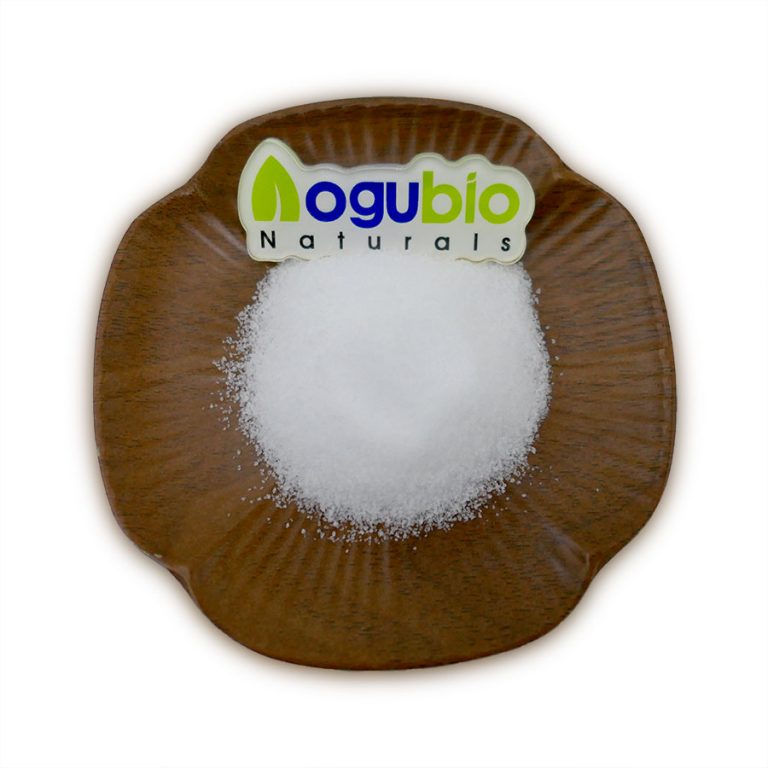 Imaherb Factory supply Alpha GPC Powder CAS 28319-77-9
Imaherb Factory supply Alpha GPC Powder CAS 28319-77-9 Imaherb Factory supply Alliin Powder 98% CAS 556-27-4
Imaherb Factory supply Alliin Powder 98% CAS 556-27-4 skype
skype Sales Manager
Sales Manager Rebekah
Rebekah Rachel
Rachel Miranda
Miranda Camilla
Camilla
 Sales Manager
Sales Manager